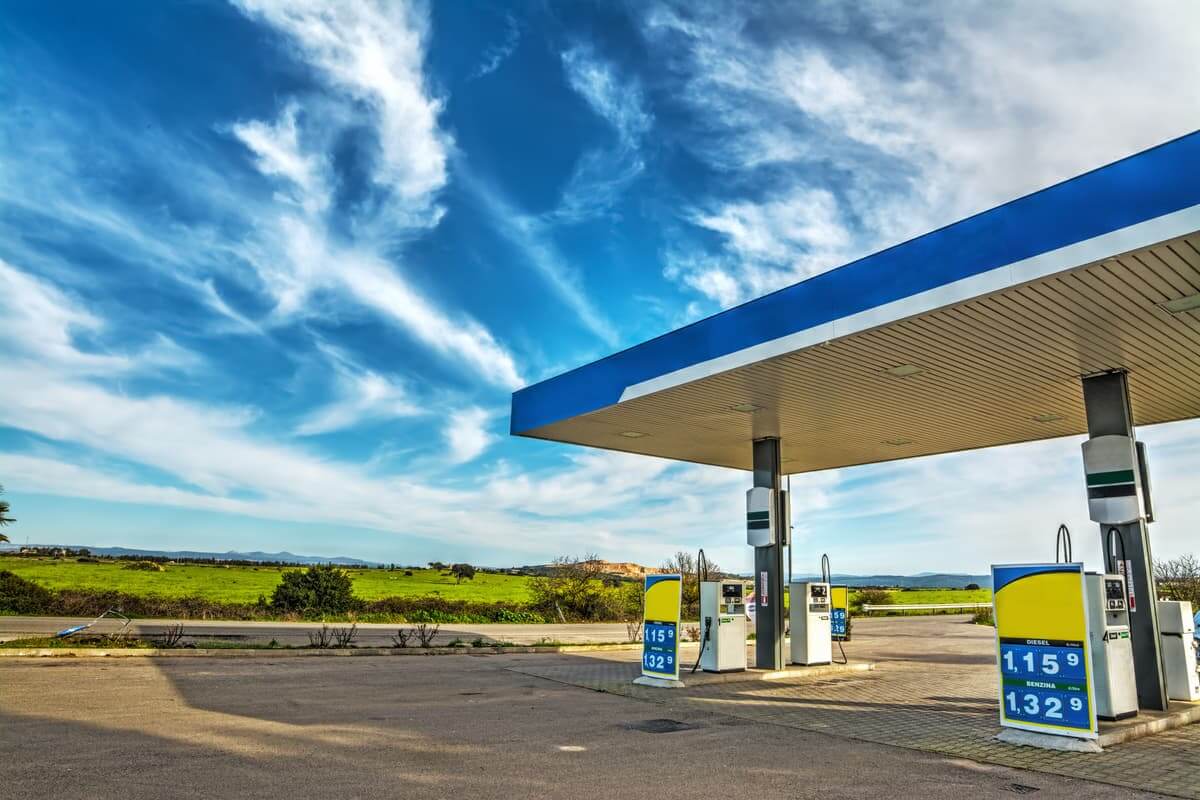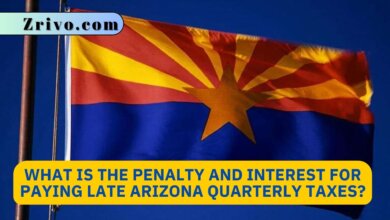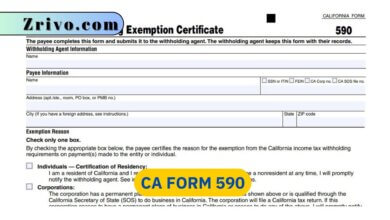California Gas Prices

Gas prices in California are some of the highest in the nation. While the summer driving season should bring prices down, they are unlikely to fall much farther in the next several years. That means it’s wise to prepare now for high gas costs.
Historically, gas prices have risen in the spring and fall, then fallen by the end of the year. This is due to fuel inventories building up in the winter, which limits the upward pressure on the price. During the peak summer driving season, prices could reach $4 per gallon. However, they could drop as early as May.
The EIA’s gasoline price forecast indicates that prices for a regular gallon of fuel will average $3.51 in 2024. Compared to last year, that’s a 50-cent per gallon decrease. If prices continue to fall in 2024, the national average will go below $3 per gallon.
Despite the expected decline in 2024, the prices at the pump will still be a significant expense. According to GasBuddy, an app that tracks gas prices across the country, the average household will spend $2,471 on gas in the next four years. It’s projected that the cost of food will also rise. USDA’s Economic Research Service predicts that food prices will be 3% to 4% higher next year.
As for fuel prices in California, the state has seen a 40% increase over the past year. But even at this rate, the average cost is still lower than in most states. Many factors contribute to the differences in prices within a state. Some regions may have more competition or pipeline access.
Other factors include the economic outlook. If the economy continues to weaken and fuel consumption decreases, prices will be lower. Even if the demand for diesel and gasoline does not reduce as significantly, prices should drop because of continued concerns about the economy.
Another factor is the Russian-Ukrainian war. Though the conflict is over, it remains a factor in the cost of oil. Several refineries shut down during the height of the war, limiting West Coast supplies of oil.
Although there’s still a good chance gas prices will continue to climb in the coming months, a few things can be done to cut costs. First, drivers can use carpooling to avoid single-car trips. Second, they can time their trips strategically. For example, people can avoid going out after work if they can. They can also coordinate their carpool with other parents or coworkers to reduce the amount of driving they do.
Lastly, drivers should make a point to check their mileage estimates. It’s estimated that drivers who drive in high-priced states must travel almost as many miles as those who travel in low-priced states to fill up their tanks.
While the economy is cooling, gas prices may stay high through the winter and into the spring. But prices should start to fall again by the middle of the year, especially as summer travel increases.
Californians pay the highest price at the pump, whether regular, diesel, or premium. Although taxes come to mind at first, California isn’t the state with the highest taxes at the pump.
Even though that acclaim goes to Pennsylvania, California’s geographic location and strict requirements on gas quality make it the state with the highest gas prices. Here are the current gas prices in 2024, which are subject to change every day.
Regular: $4.752
Mid-Grade: $4.942
Premium: $5.070
Diesel: $5.029
These prices are very elevated when compared with the national average, especially in comparison to states with low gas prices, like Arkansas, Texas, Oklahoma, and Mississippi.
On average, these states pay $3.200 for regular gas, $3.500 for mid-grade gas, $3.800 for premium gas, and $3.600 for diesel.
While the dollar fifty difference may not seem as much, it makes a big difference when you regularly buy ten or more gallons of gas.
Why is gas so expensive in California?
It’s not just the taxes, though it’s the first thing that comes to mind often. California requires gas refineries to blend certain types of gas that have little pollution compared to others; the state’s geographic location and the carbon credits with the implementation of the cap and trade program all give us higher gas prices. These, of course, added with the high taxes, as California has the second-highest gas tax at the pump from consumers and refineries.
Undoubtedly, taxes make a good portion of this, but it isn’t the only reason. As for whether or not the gas prices may decrease, it’s unlikely to happen, especially considering that this is a global problem, not a domestic one.





